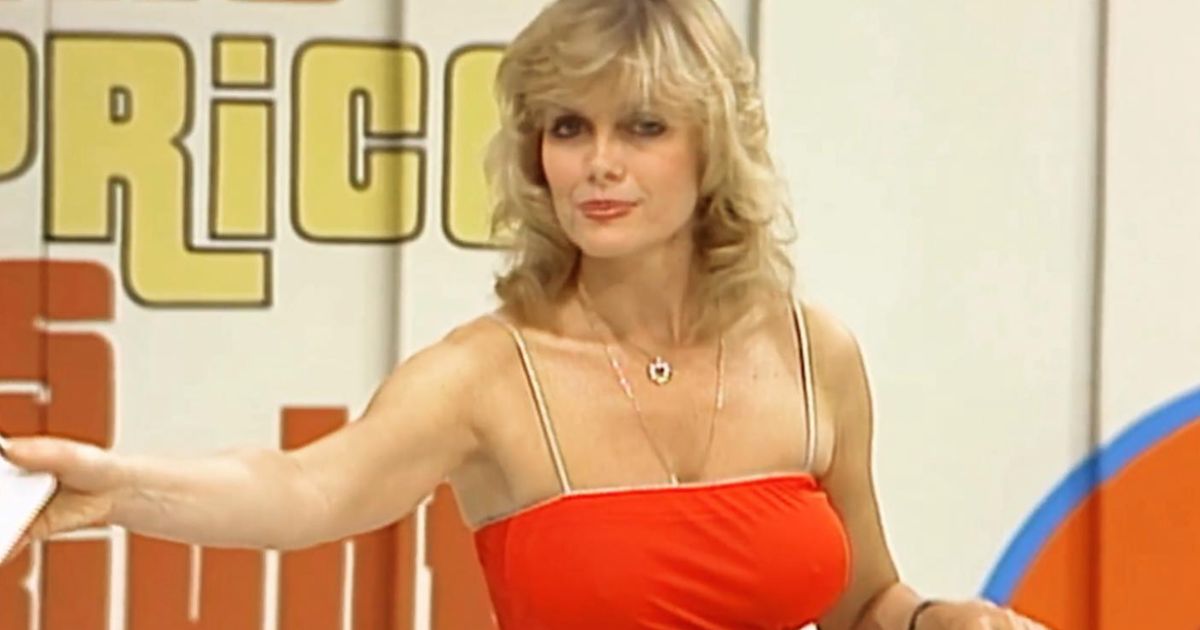The Six Million Dollar Man, a pivotal series from the 1970s, continues to captivate audiences with its innovative concept and memorable characters. Premiering on ABC on January 18, 1974, the show introduced viewers to Colonel Steve Austin, played by Lee Majors, an astronaut whose severe injuries in a crash are mitigated by cyborg enhancements, including bionic legs, an arm, and an eye.
These enhancements transform him into a formidable secret agent. The show, originally based on Martin Caidin’s 1972 novel “Cyborg,” evolved from its early days as three TV movies in 1973, which were phenomenally successful, into a beloved weekly series that ran until 1978.
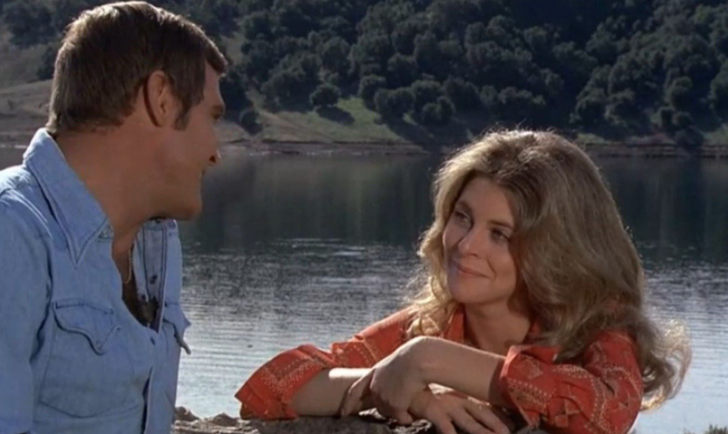
2024 marks the 50th anniversary of this iconic series. To celebrate, Lee Majors and co-stars, including Lindsay Wagner from the spin-off series The Bionic Woman, and Alan Oppenheimer, who played Dr. Rudy Wells, are slated to appear at The Hollywood Show in Burbank, CA.

This event promises fans autographs, photo opportunities, and a chance to view The Bionic Museum’s extensive collection of series memorabilia.
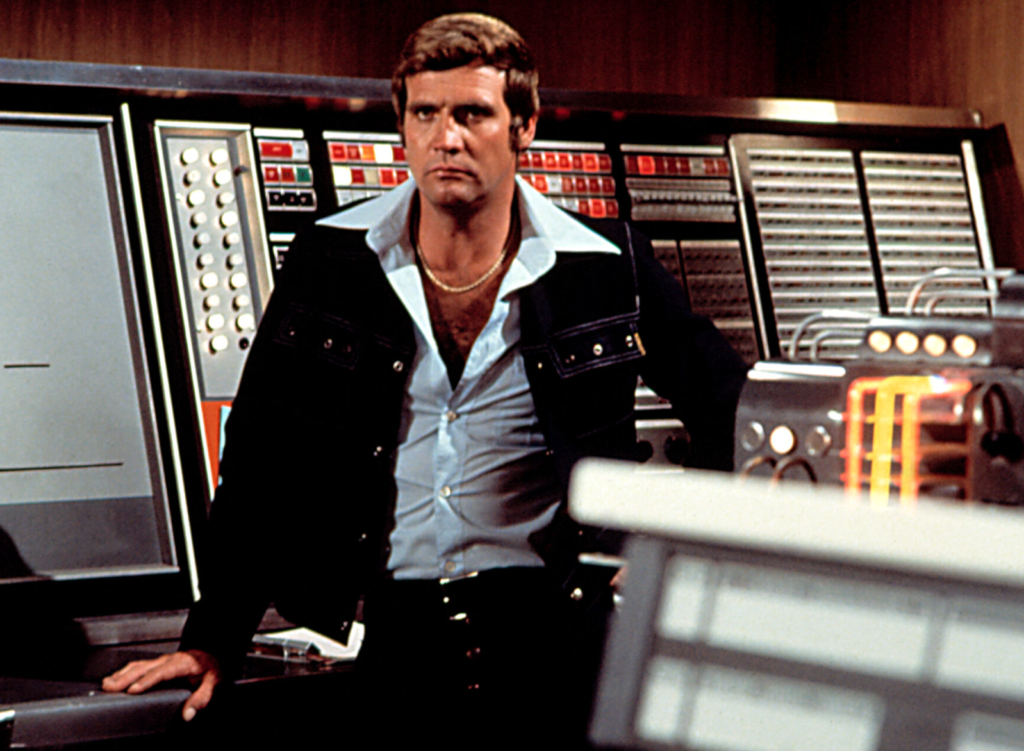
The series was not just a hit on television but also in the merchandise realm, spawning a vast array of products from action figures with “bionic grip” to board games, puzzles, and even themed radios. Noteworthy is the introduction of other bionic characters such as the Bionic Woman, Jamie Sommers, portrayed by Wagner, and Maximillion, the bionic German Shepherd capable of running at speeds up to 90 mph.
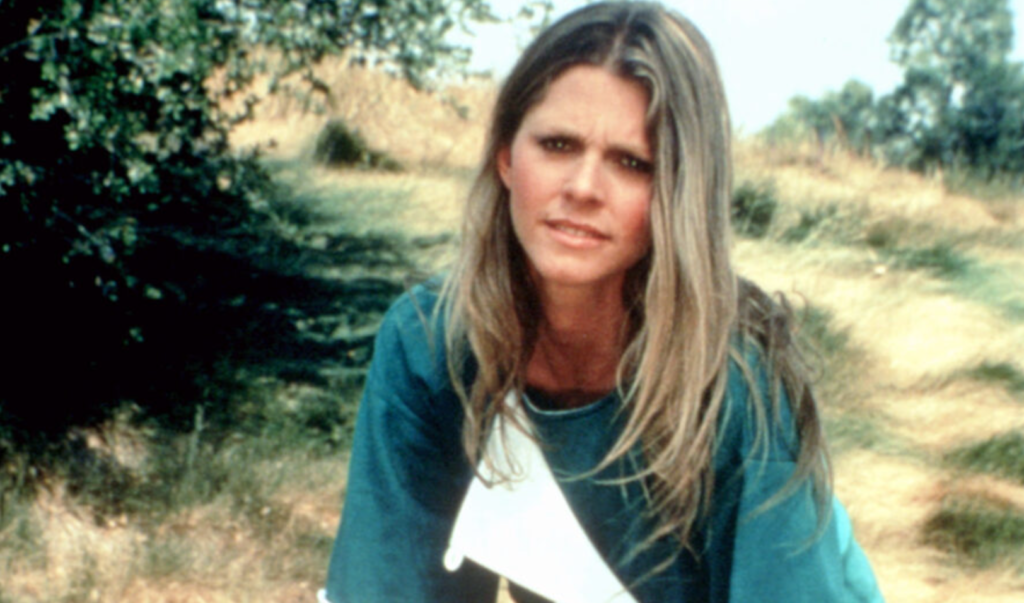
After its initial run, the show’s legacy continued with three additional TV movies in the 1980s and inspired a brief reboot of The Bionic Woman in 2007. Despite the reboot’s short-lived run, the impact of the original series remains significant in pop culture.
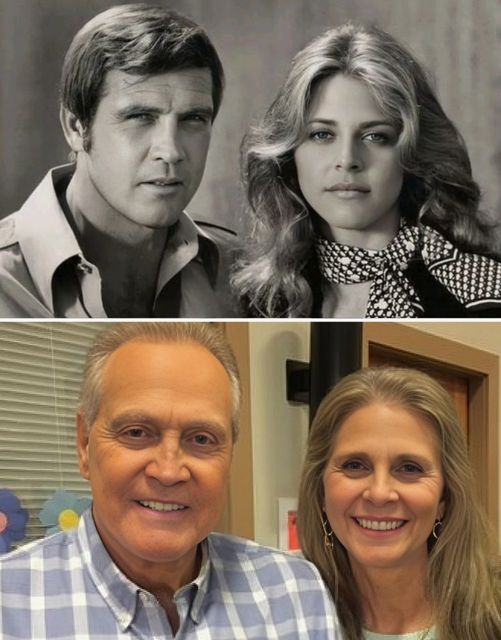
Interestingly, inflation would now value Steve Austin, originally “The Six Million Dollar Man,” at around 35 million dollars today. This fun fact underscores the lasting appeal and evolving context of the show in modern times. The series’ enduring legacy, innovative technology themes, and character-driven storytelling continue to be celebrated by new generations of fans and collectors.

